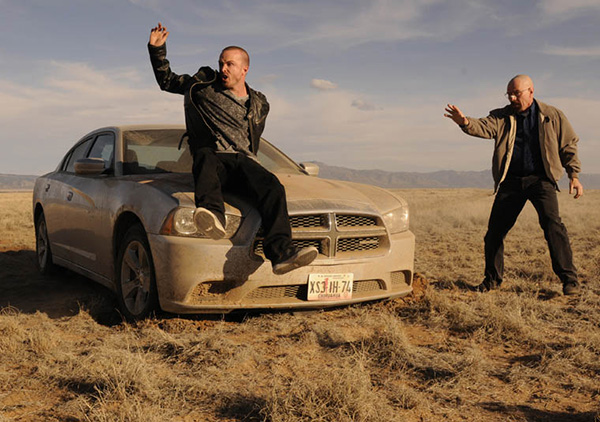
In the past, there was a clear distinction between the small screen and the big screen. Industry personnel knew if they wanted to truly gain recognition, they should go straight for the movies and avoid working for TV shows.
However, with the second coming of the Golden Age, the line has blurred, as television shows become more daring. Shows like “Game of Thrones” and “Person of Interest” boast high production values, while “Breaking Bad” indulged in exceptional cinematography and incredible writing leading up to its finale. As the entertainment landscape continues to move in this direction, critical attention has returned to television as an artistic medium.
With television shows becoming increasingly cinematic and a new generation of viewers demanding greater production values, show runners are no longer squeamish about ridiculously high budgets. “Game of Thrones,” for example, spent a record-breaking budget of $10 million on its pilot. To create the world of Westeros from scratch, the series had to be shot on location in Malta, Scotland and Northern Ireland. Along with special effects, costumes and a vast quantity of extras on set, it is no wonder HBO spent so much money on the pilot.
The pilot of J.J. Abrams’ “Fringe” also cost its studio over $10 million. The two-hour episode featured a plane crash and extremely expensive computer-generated imagery to create effects for a skin disease and a dream sequence. Similarly, although it is shot primarily in New York, “Person of Interest” is known for its high-octane action sequences. The pilot alone, includes gunfights, car explosions and a rocket launcher.
As a result of this second Golden Age, many established film directors and actors are rediscovering television as a medium. Production companies, thus, do not shy away from signing the biggest stars around to generate buzz for their shows. A huge part of “Game of Thrones’” production cost was used to hire fantasy star Sean Bean. A-list producer J.J. Abrams returned to television with “Almost Human.” “Boardwalk Empire” hired movie star Steve Buscemi as the lead and Martin Scorsese as the director for the pilot. Established writer and producer Jonathan Nolan broke into television for the first time with “Person of Interest.”
Television viewers are becoming increasingly sophisticated. If the current trend continues, TV pilots will continue to outdo each other by constantly raising the stakes financially. With shows becoming flashier and more complex, small screen series are moving away from the realm of “TV good” into “movie good.”
A version of this article appeared in the Thursday, Dec. 5 print edition. Bob Teoh is a staff writer. Email him at [email protected].














































































































































